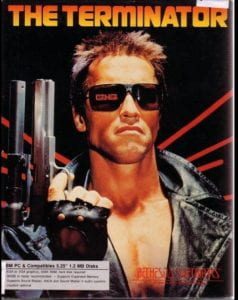This post was written by ScIU Undergraduate Intern Komal Kumar.

Artificial intelligence continues to make the news, especially with technologies like ChatGPT – an AI Chatbot – and DALL-E – an image-generating software – becoming increasingly accessible to the public. Reports of modified syllabi in colleges and universities and sentient chatbots may have piqued your interest recently, and for a good reason! AI has gradually become embedded in our daily lives as an influential tool for COVID-19 contact tracing, national security, healthcare, and much more. Of course, that’s not even touching on AI’s impact on popular culture, from The Terminator (1984) to the more recent M3GAN (2022). Depictions of AI as sentient, self-aware, and, more often than not, evil, undoubtedly affect our attitude toward AI. With its increased prevalence in our daily lives, it’s worth taking a look at exactly what AI is and how it works. (more…)